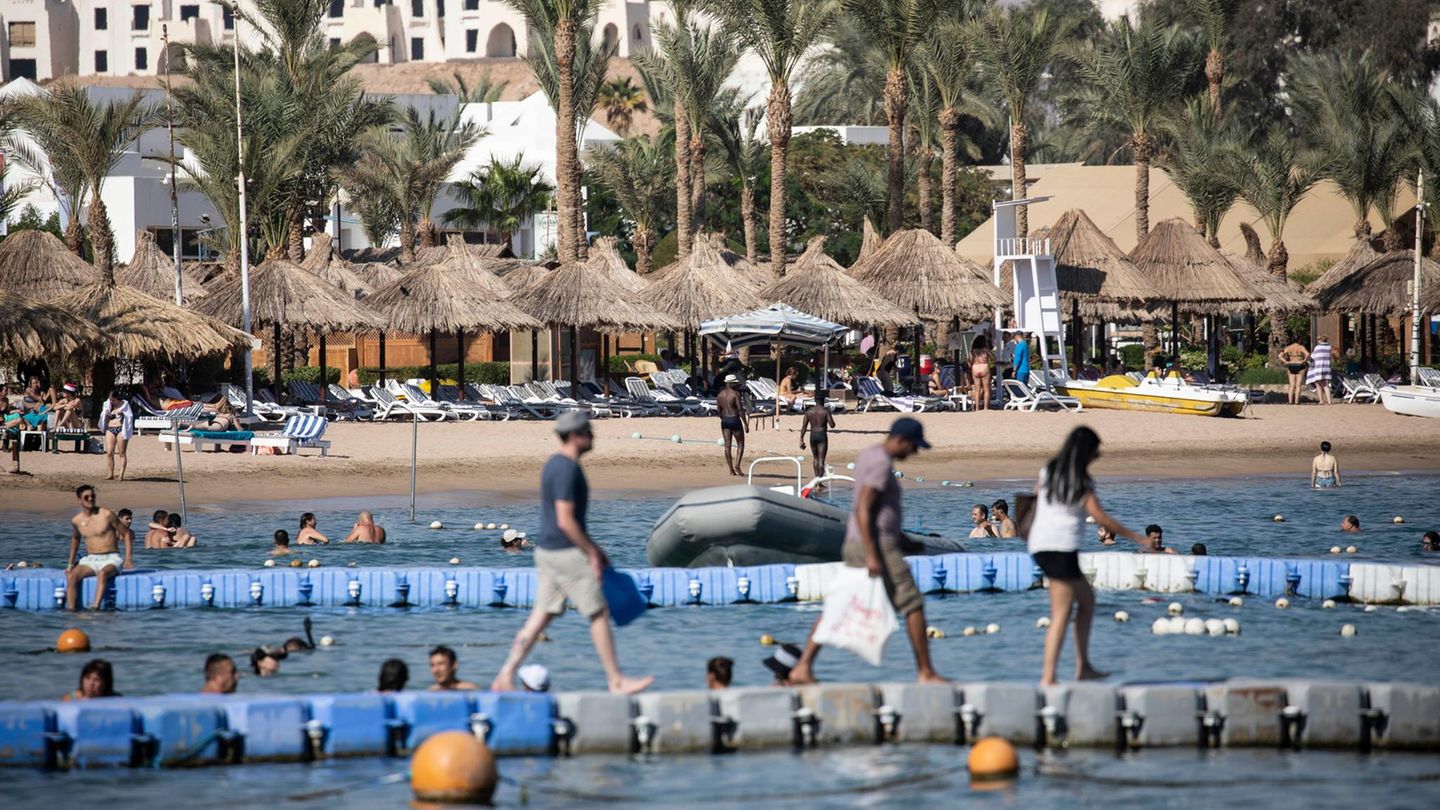In many regions of the world, prices are currently rising sharply. Hardly any other country has had as much experience with inflation as Argentina. They have developed their own ways of dealing with the situation.
Argentina’s new economy minister has a clear goal. “One of the central themes of my term of office will be the fight against inflation,” announced Sergio Massa shortly after his swearing-in. His predecessor had held the difficult office for just under a month, and Massa now wants to turn things around. “We must act with all determination against inflation because it is the biggest factory of poverty in this country. We in Argentina suffer from it and the world suffers from it.”
In the South American country, the inflation rate has now risen to 71 percent. In July alone, prices rose by 7.4 percent compared to the previous month, as the statistics office (INDEC) announced on Thursday. That is almost as much as in Germany for the whole year. The left-wing government of President Alberto Fernández announced that it would freeze prices and wages for two months in consultation with employers and trade unions in order to slow down the rapid devaluation of money.
The war in Ukraine, the disruption in supply chains and high government spending to overcome the Corona crisis are fueling inflation in Argentina, as in the rest of the world. But most of the problem is home-grown: the central bank is constantly printing fresh money to finance the budget deficit. The expansion of the money supply reduces the value of the peso.
Analysis: 90 percent inflation rate by the end of 2022
While hefty inflation is something new to people in most countries, Argentines are true inflation experts. In the past 50 years, prices in the country have rarely been stable. At the end of the 1980s, the inflation rate shot up to an incredible 3000 percent. Annual inflation has been above 30 percent since 2018. Analysts are expecting an inflation rate of around 90 percent by the end of the year.
In order to keep up with rising prices, wages and salaries in Argentina are increased every six months – most recently by around 25 percent per semester. However, wage increases often lag behind inflation, and employees have to accept losses in their purchasing power. 37.3 percent of the population in the once rich country are now considered poor.
Over time, however, the Argentines have developed a number of strategies to at least cushion the consequences of inflation: Since debts are becoming smaller and smaller over time due to the depreciation of the peso, customers are stretching the payment of many products over as long a period as possible. Especially for larger purchases, installment payments without interest are often offered, which is in fact a price reduction. But even when shopping for groceries in the supermarket, the cashiers always ask if you want to spread the payment over several installments.
Nevertheless, the constant price increases are causing great uncertainty. “Both small businesses and large corporations don’t know what price to buy and sell their products at,” economist Dante Avaro recently said on the radio. The prices are increased monthly, but there are often large price differences between different shops. Constant comparison and the search for special offers is part of everyday life for many Argentines.
dollars against inflation
However, the most important tool used by Argentines in the fight against inflation is the dollar. Since inflation would eat up the savings in pesos in no time, Argentines invest any excess pesos in dollars. In no other country in the world outside of the USA are there so many dollar bills in circulation as in Argentina. The Argentines are estimated to own $200 billion in cash. That’s 10 percent of all dollar bills in circulation worldwide – and 20 percent of all dollars outside the United States.
Because Argentina hardly has any dollar reserves left, Argentines are only allowed to buy $200 a month at the official exchange rate of 140 pesos. The dollar costs more than twice as much on the black market. In downtown Buenos Aires, money changers lure customers into so-called “cuevas” (caves) to exchange pesos for dollars. In the elegant suburbs of the capital, the black market traders deliver the dollars free of charge via WhatsApp after the price negotiation.
In the poorer districts, on the other hand, more and more people are abandoning the money economy and turning to bartering again. They meet in clubs or in the open air and exchange used clothes for food and diapers for building materials. A flight to real assets at the lower end of the income scale.
Report Infobae Interview Avaro Communication Indec
Source: Stern
Jane Stock is a technology author, who has written for 24 Hours World. She writes about the latest in technology news and trends, and is always on the lookout for new and innovative ways to improve his audience’s experience.




